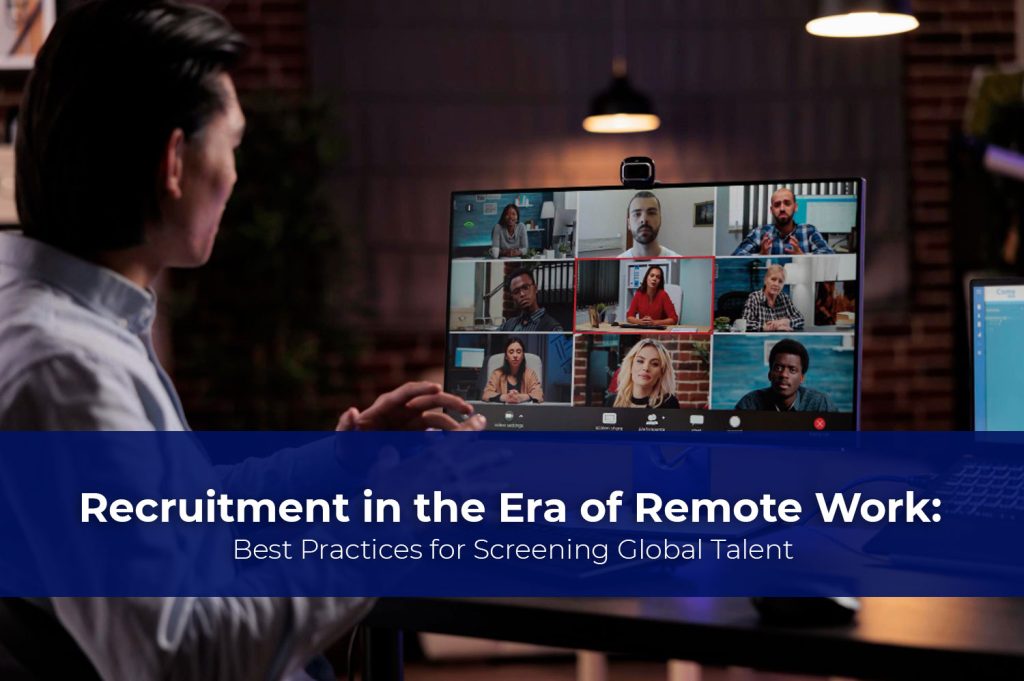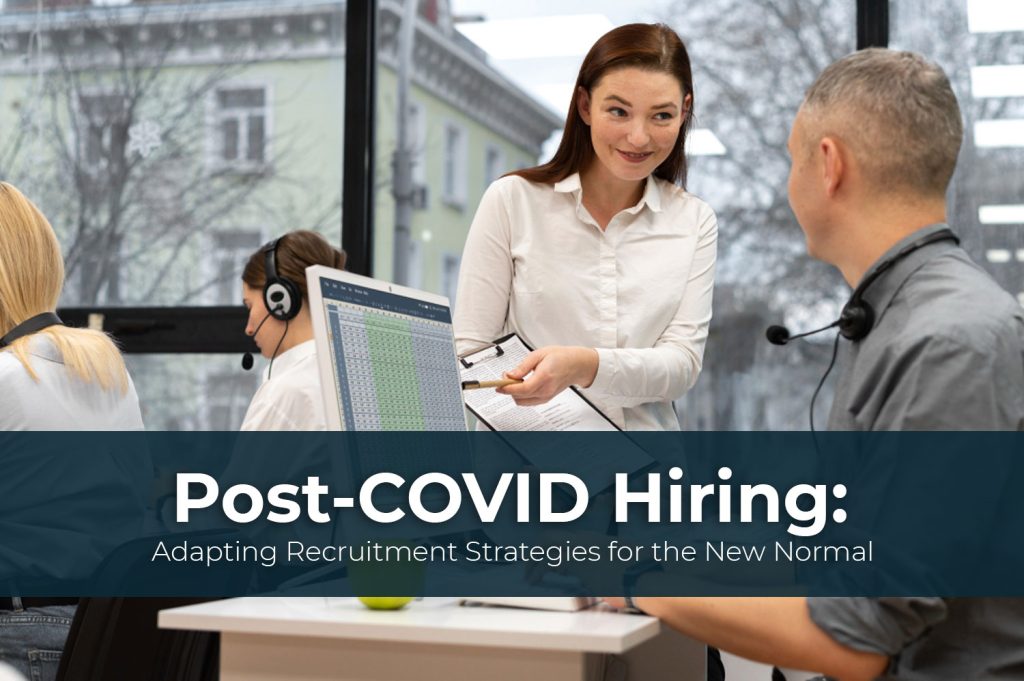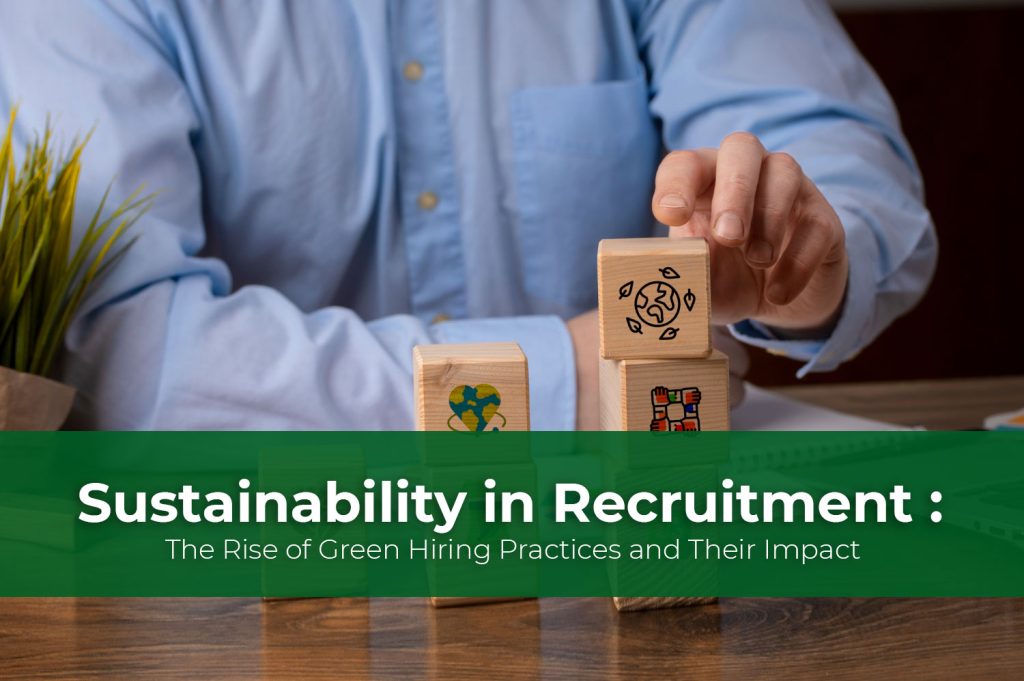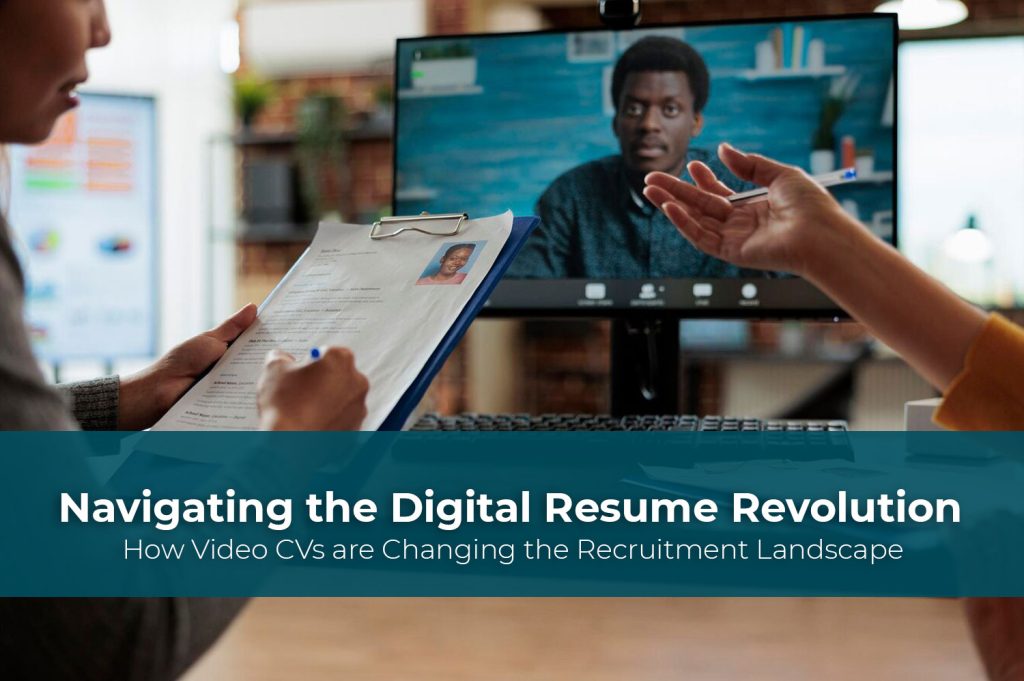What Does Your Recruitment Process Say About Your Company?

“You cannot push anyone up the ladder unless he is willing to climb.” – Andrew Carnegie, Scottish-American Industrialist
The pandemic showed us that we never really know what is around the corner. That’s why it’s best to always be prepared. Hence, we bring you today’s topic on recruitment processes and what it says about your company. When lockdown started to ease up, we saw the economy recover. As a result more employment opportunities arose. Eventually businesses started getting back to where they once were. However, all of this brings a unique question into the spotlight: What does your recruitment process say about you?
No doubt that many businesses faced some sort of hurdle when it came to recruitment throughout their business lifecycle. Of course, it didn’t do them any favours when the pandemic hit. Anyway, that’s beside the point. Some of these difficulties might have been a result of how candidates perceived your company or business model, based on the hiring process.
Remember, recruitment is often the very first time that the majority of candidates would have ever come into contact with your business. And, as you might have an opinion of the candidate based on the first impression they create, they also have an opinion of the first impression you create as an employer.
Table of Contents
ToggleWhat Do Candidates Want These Days?
If you think we still live in a time where candidates will jump through hoops for a chance at an interview, you might be waiting a while. The ground reality is that the pandemic and the lockdown put a lot of things into perspective. Candidates have come to realize how much they are needed. Hence, they have much higher standards of expectations. This includes the job that they are applying for and the recruitment process itself.
Recruitment is getting hard enough as it is. Higher levels of competition, a scarcity of top talent and a more saturated job market make it that much harder to find the right candidate. So, you really can’t afford to let that ideal candidate go. Which brings us to our next question: What can you do about the hiring process to attract and retain candidates? Well, let’s have a look, shall we?
Being upfront about the salary range for the position will give you greater success in attracting candidates.

Recruitment Process Hiccups That Businesses Overlook
If you analyze it, there are mainly two reasons why a candidate might drop out of the recruitment process or reject the job offer altogether. For one, they might be offered below-market pay or non-competitive perks. If you want to be more successful in attracting applicants, research has shown that displaying salary information can boost your success by over 60 per cent. If we look at Canada specifically, we can see that in 2014 itself around 48.3 per cent of employed job seekers were looking for higher wages when faced with job-hunting and recruitment, as per a report by StatCan. This tells us that candidates want to know the bottom line before they get too involved.
The other reason might be because the terms of the contract don’t exactly align with their expectation. This brings us back to the point of transparency and clarity. However, there could be other reasons.
Let’s have a look at some quick stats for a good example, 89 per cent of your potential candidates might drop out due to the prolonged timeline of the hiring process. Another set of stats shows that 52 per cent drop out due to a lack of response or delayed response from employers. Research also shows that 53 per cent want the job clearly explained in the description.
It also helps to keep in mind that, in this age of remote and hybrid work models, company culture is very important to candidates. If you fail to demonstrate that in the initial stages or the fact that you value a healthy work-life balance, then you might be digging the hole deeper.
Another interesting trend that some employers may have noticed is that since the days of lockdown and remote working, many candidates are hesitant to take up jobs that involve long commutes. If your company can offer them a more flexible work environment, your chances might go up.
“You can have the best strategy and the best building in the world, but if you don’t have the hearts and minds of the people who work with you, none of it comes to life.” – Renee West, Luxor and Excalibur Hotel
How to Improve the Recruitment Process
Before a candidate even thinks about applying to your company, they will do a deep dive online to see who you are. So, if your online presence is outdated, incomplete or vague, they are unlikely to continue with the recruitment. The very first step in improving the recruitment process is to ensure that your website and all social platforms are accurate, updated and demonstrate a consistent image of the company culture and business. Maintaining your online presence and a consistent brand image will go a long way.
In this age of digitization, a business’s online quality and reputation have a big impact on the bottom line. Having quality feedback and reviews on Google can help build the foundation of a positive image. As the saying goes, “The proof is in the pudding.”
Another practical step that you can take is to establish a clear line of communication and an efficient time frame for executing the hiring process. More often than not, the HR department juggles multiple projects including the recruitment for the company. To make things more efficient and help your internal teams out, consider investing in technology like ATS (Applicant Tracking Systems) and AI for the hiring process. Speaking of which, consider updating your existing recruitment software and the remote onboarding process so that you appeal to a wider range of candidates.

Shortening the time to hire is a simple, but effective way to improve your hiring success rates.
Summary
So, in conclusion, there are a hundred different things you could do to tackle the challenges of the recruitment process. More often than not, these issues can be overcome by simply streamlining your recruitment methods, shortening the time to hire, being clear with your job descriptions and intentions, as well as giving candidates a competitive salary or at least a market rate when it comes to their salaries.
It’s not to say that these are the only solutions or the only issues causing you to see a high rate of potential candidates dropping out of the race. Each scenario has to be analyzed and approached with a customized strategy. For that very reason, you might want to consider partnering with an RPO (Recruitment Process Outsourcing) agency.





























